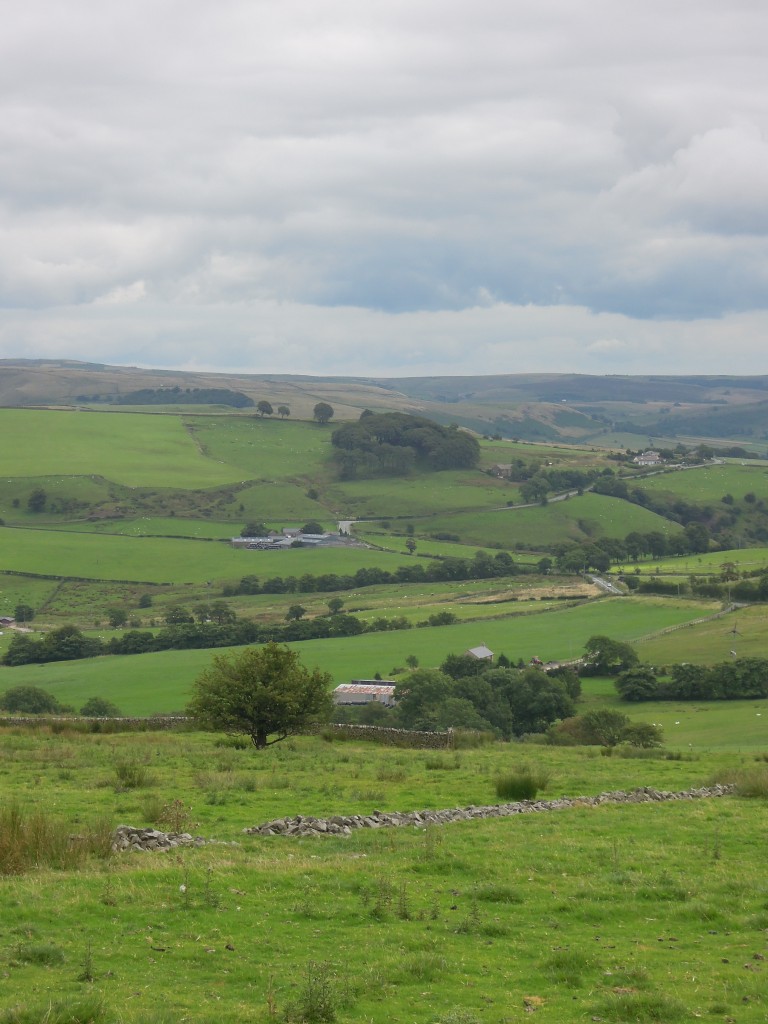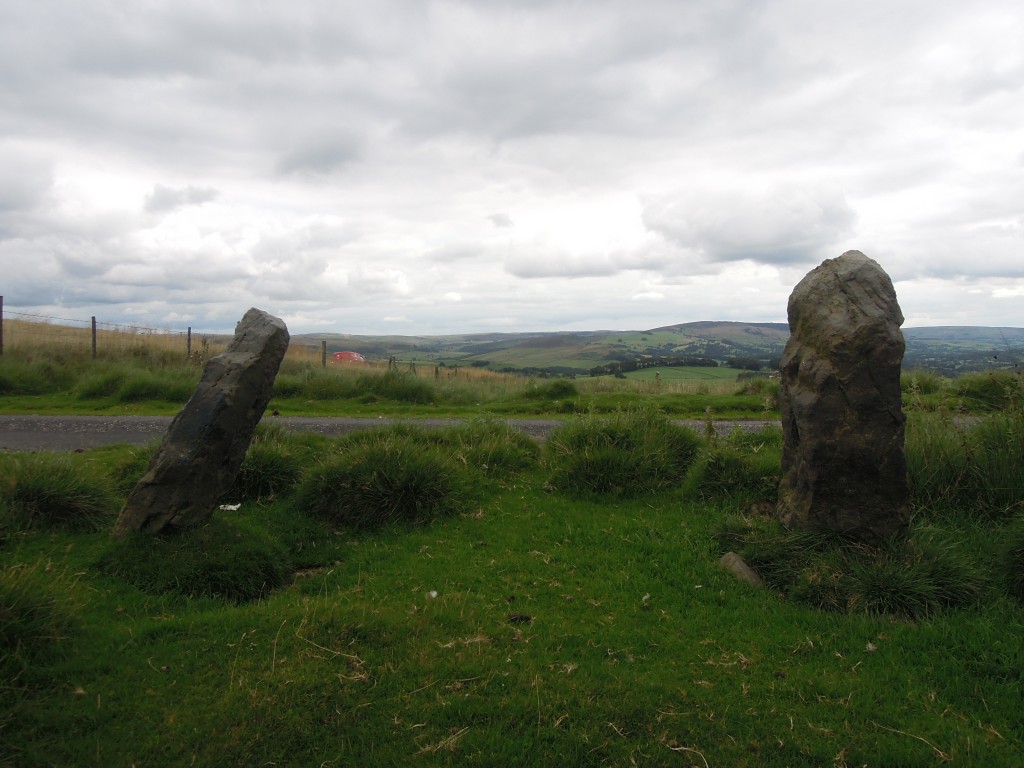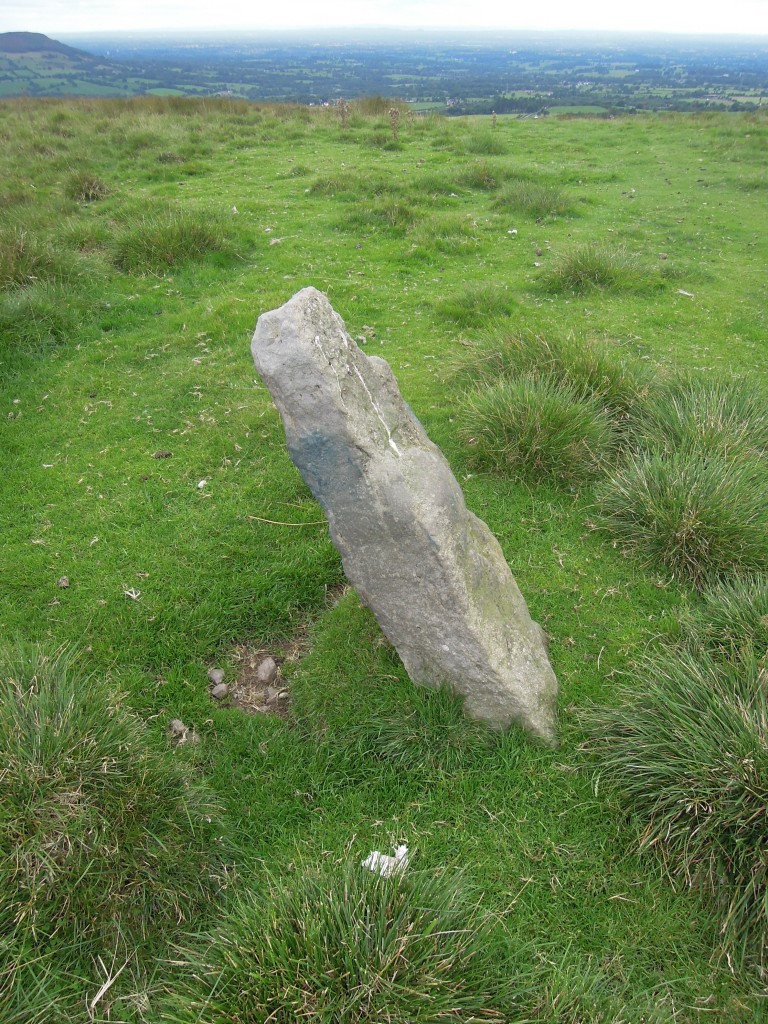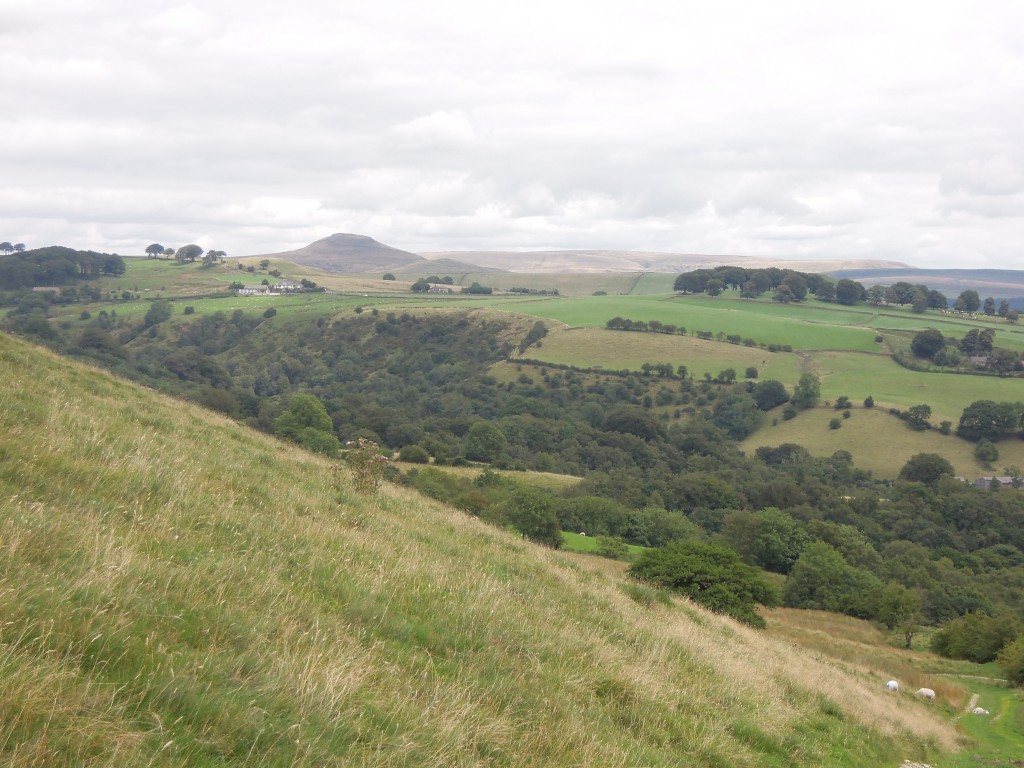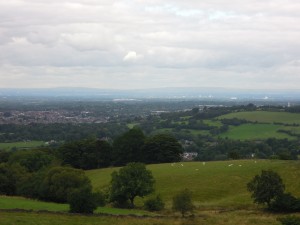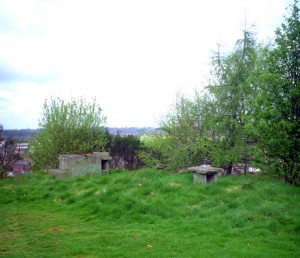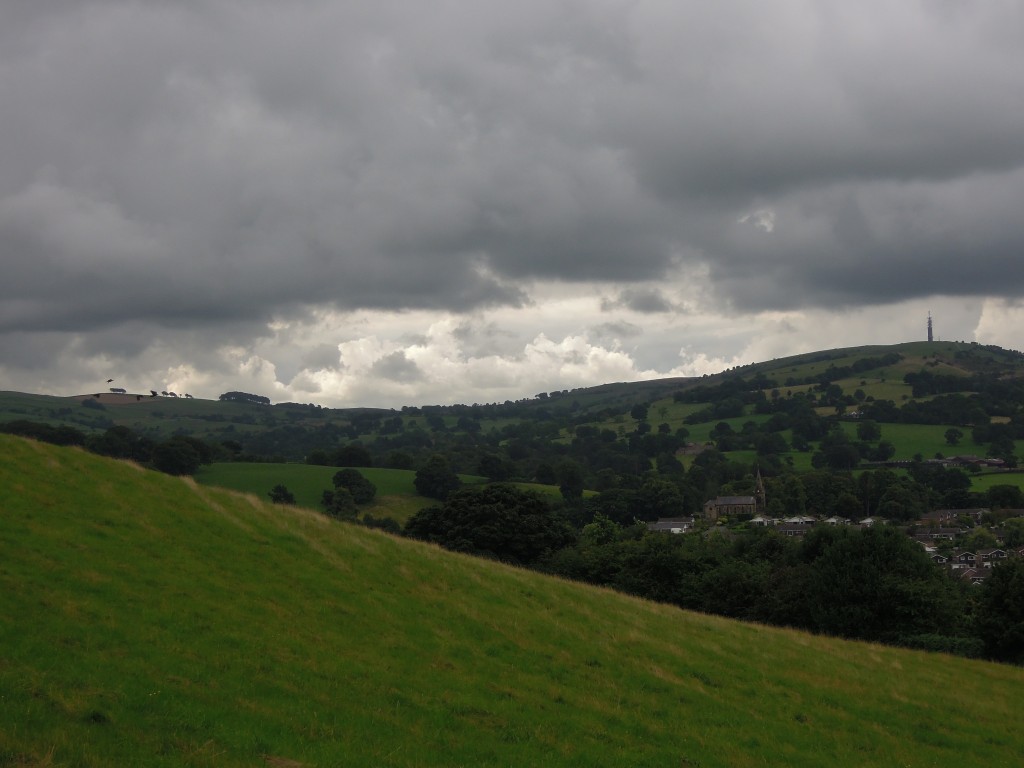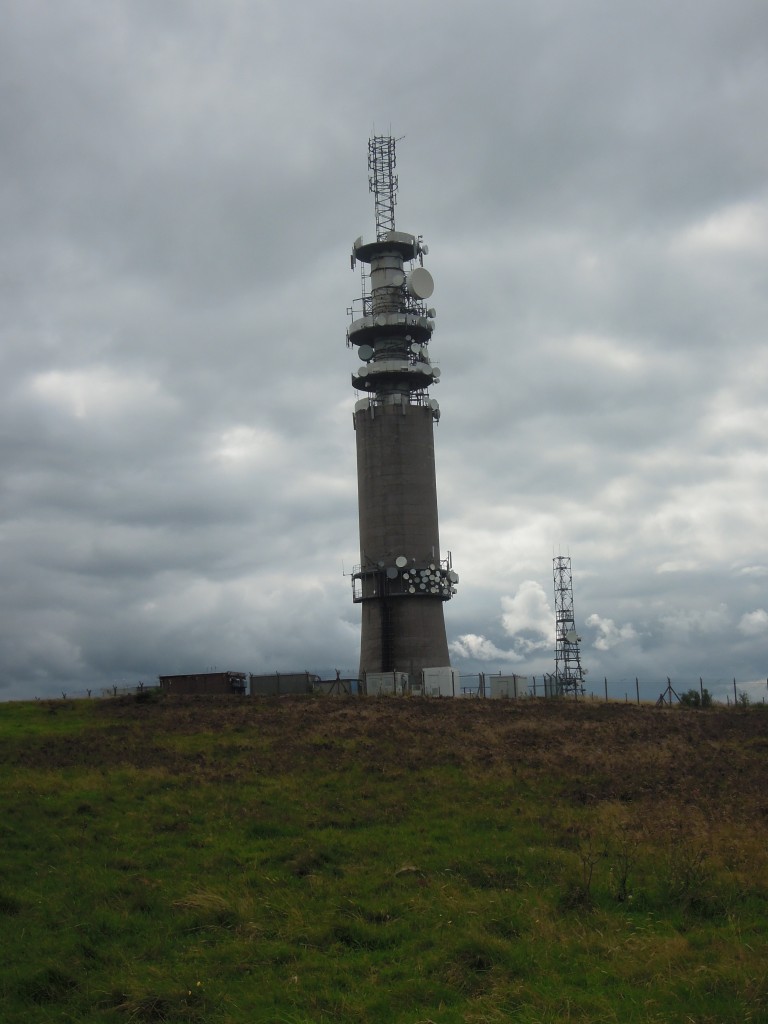A voice – soft and scratchy, like the sound of a pencil on paper – started speaking in my head. It claimed to be a Carbon atom and started telling me about the amazing journeys it’s taken over billions of years. I started writing down what it was saying and I’ve added some of my own notes about the science (which seems correct). It must have been a dream though, surely?
I’m a Carbon atom. Carbon 12 to be precise, like most of us are. I’ve got 6 protons and 6 neutrons in my tidy little nucleus and usually some electrons buzzing around to keep me decent. I’m not one of these bloated Carbon 13 types, waddling around with their extra neutron. Still, they’re OK, it’s Carbon 14 I try to avoid – big fat lumps. So unstable too! I bonded with one once, you know, sharing some electrons, just chilling in a bit of soot. Then, bang! All of a sudden one of her protons shoots off and she’s turned into a Nitrogen. Gave me such a shock.1
Oh, now, you’re getting a bit worried by me talking to you, aren’t you? Be careful, I’m only in your brain as a bit of glucose, not as one of your cells. If you think too much then two burly Oxygens will grab hold, stick me in your blood stream and puff me out via your lungs. My advice to you is this: don’t worry about how I’m talking like this, just enjoy the story. You’ll want to hear it. I’ve seen things you people wouldn’t believe.
So let’s start at the very beginning; a very good place to start. Like most of us atoms, I was born in a star somewhere. Not that I like to think about it much – scary places, stars. The first thing I remember is being thrown all over the place with a whole mass of other atoms.2 We’re all terribly excited at first, rushing around like mad but eventually we calm down, spread out a bit. Naturally we start to pair up. You know you humans talk about there being ‘chemistry’ between two people? We are just the same, especially us Carbons.
You always remember your first time. My first bonding was with a Hydrogen atom, “H” I called her. When we started sharing that electron I thought it would be for ever. I’ve had a soft spot for Hydrogen ever since. They’re so neat and simple, just a cute little proton, happy to bond. Old too – some of them formed right at the beginning.3 Not a trace of arrogance about being so old though, not like Helium. Those guys never bond with anyone – for that you call them a ‘noble element’. Pah! Damn rude more like it.
Anyway, back then me and my Hydrogen were happy enough just floating about, but something was missing, so we got together with an Oxygen, 5 more Hydrogens and another Carbon. We worked it out that everyone got the electrons they wanted, everyone had their place to be. Once we cracked it, it was an intoxicating feeling.4 I miss those times, everything was nice and cool and relaxed.
But those Helium atoms messed things up. Once enough of them get together into a big heap they start making mischief. Together with poor old Hydrogen they start destroying atoms, squeezing them so hard and making it so hot that they turn into new ones.5 I was born in one of those places I suppose, but it freaks me out. Still, you humans don’t like to think about the details of where you came from, do you? What really scares me is the idea that I’ll fall into one of those things and get turned into something else. I like being a Carbon atom! Some snotty Helium once tried to tell me that I shouldn’t feel like this. “We all share our particles in common” she said. Apparently I was “formed from the joyful merging of 3 Heliums” and it’s my “destiny to be reborn as other elements in the cosmic cycle of rebirth”. Bloody hippy nonsense!6
We weren’t anywhere near this mischief, thank goodness, but when it got going it created loads of light and a tremendous wind. All of us atoms that were just floating about got pushed away from the sun and started getting pulled into lumps.7 I ended up in a dusty icy lump circling the sun. It was still a long way away though – just a small dot in the sky.
After a while, rumours started coming in that some of the bigger lumps closer in were moving around. The kerfuffle reached us and things started getting very hairy indeed. Our lump got pushed around and then started moving straight towards the sun! I was terrified.8 As we moved closer to the sun, things warmed up. The outside of the lump started melting off, floating away as a pretty tail.9 Then, pretty close to the sun, just when I was thinking it was time to die, this huge great rock, the one we’re on now, veered up towards us and we hit it. We were saved!10
I was saved from the sun, but I lost my first love, H. When we hit, everything got crazy and we star-crossed lovers were flung apart, losing each other in a vast crowd of super-fast atoms. I’ve been looking for H ever since, but it’s a big planet. She may even have joined with another Hydrogen and floated out into space.11 I’ve bonded a *lot* since then, I don’t even keep track of who I pair with any more. It’s fun, but not the same.
I still think about H a lot. Maybe she was too simple, too pure for this planet. It’s for the best if she’s floating out there in space, gently dancing along with another Hydrogen. I hope she still thinks of me.
She had a lot more to say: the second instalment is about the Carbon cycle.


